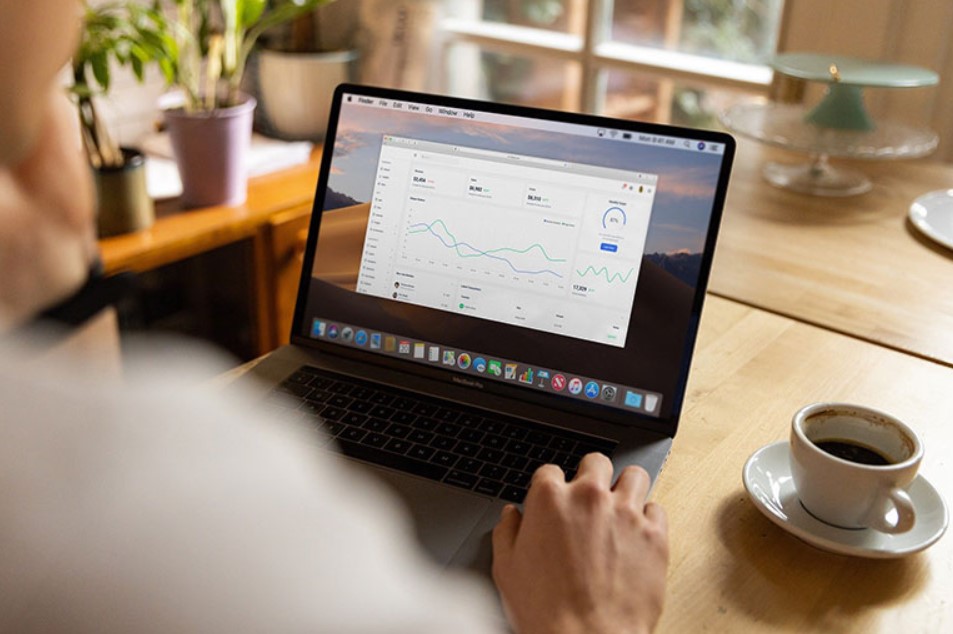Remote desktop monitoring is a common practice used by organizations to ensure security, productivity, and compliance with company policies. While remote desktop connections offer convenience and flexibility for remote work, it’s essential to understand how they can be monitored and what implications this may have for both employers and employees.
How Remote Desktop Monitoring Works
- Activity Logging: Remote desktop monitoring software can log various activities, including login/logout times, applications used, files accessed, and keystrokes typed. It is deployed via cloud.
- Screen Capture: Some monitoring tools capture screenshots or video recordings of remote desktop sessions to monitor user activity visually.
- Internet Usage Monitoring: Employers may monitor internet usage during remote desktop sessions to ensure compliance with company policies and prevent unauthorized activities.
- Application Usage Tracking: Monitoring software can track the usage of specific applications and websites to assess productivity and identify potential security risks.
Legal and Ethical Considerations
- Employee Consent: Employers should inform employees about remote desktop monitoring practices and obtain their consent where required by law or company policy.
- Privacy Regulations: Depending on the jurisdiction, there may be legal requirements regarding the monitoring of employee activities, such as the General Data Protection Regulation (GDPR) in the European Union or the Health Insurance Portability and Accountability Act (HIPAA) in the United States. You have to follow the rules whether the monitoring can be illegal.
- Data Security: Employers have a responsibility to ensure that any data collected through remote desktop monitoring is stored and transmitted securely to protect employee privacy and sensitive information.
- Transparency and Fairness: It’s crucial for employers to be transparent about their monitoring practices and ensure that monitoring is conducted fairly and without discrimination.
Best Practices for Remote Desktop Monitoring
- Establish Clear Policies: Develop and communicate clear policies regarding remote desktop monitoring, including the purposes of monitoring, the types of data collected, and employee rights and responsibilities.
- Use Ethical Monitoring Practices: Employers should only monitor remote desktop activities for legitimate business purposes and avoid invasive or overly intrusive monitoring methods.
- Provide Training and Support: Offer training and support to employees on how remote desktop monitoring works, why it’s implemented, and how it benefits both employees and the organization.
- Regular Review and Assessment: Periodically review remote desktop monitoring practices to ensure compliance with regulations, assess the effectiveness of monitoring tools, and address any concerns or feedback from employees.
Conclusion
Remote desktop monitoring can be a valuable tool for organizations to ensure security, productivity, and compliance in remote work environments. However, it’s essential to balance the benefits of monitoring with respect for employee privacy, legal compliance, and ethical considerations. You have to use reliable monitoring tools like Controlio.

